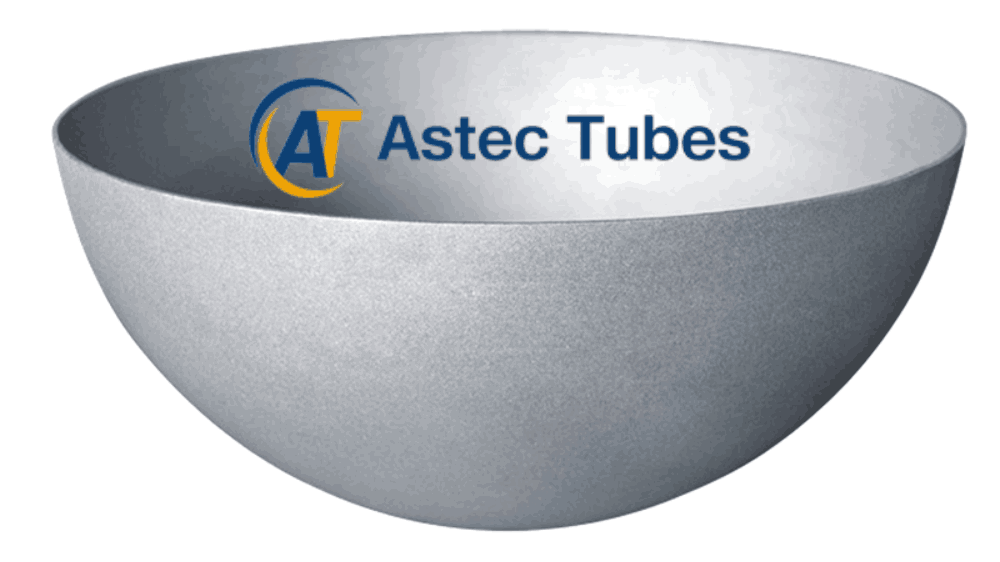Dished ends, or heads or domes, are crucial components used in pressure vessels, storage tanks, and other cylindrical containers. They are designed to provide strength, structural integrity, and pressure containment. In this article, we’ll delve into the various types of dished ends, their characteristics, applications, and considerations for selection.
Introduction to Dished Ends
Dished ends serve as closure components at the ends of cylindrical vessels, providing a rounded or dished shape that enhances structural strength and pressure resistance. These ends are essential for maintaining the integrity of pressure vessels and ensuring safe operation under varying conditions.
Types of Dished Ends
Dished ends come in several configurations, each with its unique shape, curvature, and characteristics. The most common types of dished ends include:
Hemispherical Dished Ends
- Hemispherical dished ends feature a half-spherical shape, providing excellent pressure containment and distributing stresses evenly across the vessel. They are commonly used in high-pressure applications where maximum strength and volume efficiency are required.
Ellipsoidal Dished Ends
- Ellipsoidal dished ends feature a curved shape resembling a segment of an ellipse. They balance strength, volume efficiency, and cost-effectiveness, making them suitable for a wide range of pressure vessel applications.
Torispherical Dished Ends
- Torispherical dished ends, known as ASME flanged and dished (F&D) heads, feature a toroidal shape with a flanged edge. They provide enhanced structural integrity and pressure resistance while allowing for easy attachment to the vessel body.
Conical Dished Ends
- Conical dished ends feature a conical shape, tapering towards the vessel’s centre. They are often used in applications where space constraints or specific flow requirements dictate a conical geometry.
Semi-Ellipsoidal Dished Ends
- Semi-ellipsoidal dished ends combine the characteristics of ellipsoidal and hemispherical dished ends, offering a compromise between strength, volume efficiency, and cost-effectiveness.
Flanged Dished Ends
- Flanged dished ends feature a flat flange around the perimeter, allowing for easy attachment to the vessel body using bolts or welding. They are commonly used in applications where frequent access to the vessel interior is required.
Specialized Dished Ends
- Specialized dished ends are custom-designed to meet specific requirements or address unique challenges in pressure vessel design. These may include dished ends with integral nozzles, manways, or other features tailored to the application.
Factors Influencing Dished End Selection
The selection of dished ends depends on various factors, including:
- Pressure and temperature requirements
- Vessel geometry and size
- Material compatibility and corrosion resistance
- Regulatory requirements and industry standards
Applications of Dished Ends
Dished ends find application in a wide range of industries, including:
- Oil and gas
- Chemical processing
- Power generation
- Pharmaceutical manufacturing
- Food and beverage processing
- Aerospace and defense
Installation and Maintenance
Proper installation and maintenance of dished ends are essential for ensuring pressure vessel’s long-term performance and integrity. Regular inspections, leak testing, and corrosion monitoring help detect and address issues early, minimizing the risk of failure.
Advantages of Dished Ends
- Enhanced pressure containment
- Structural integrity and strength
- Volume efficiency
- Cost-effectiveness
Conclusion
In conclusion, dished ends are crucial in pressure vessel design, providing structural integrity, pressure containment, and functionality. By understanding the different types of dished ends, their characteristics, and applications, engineers and designers can make informed decisions to ensure pressure vessels’ safe and efficient operation across various industries.

